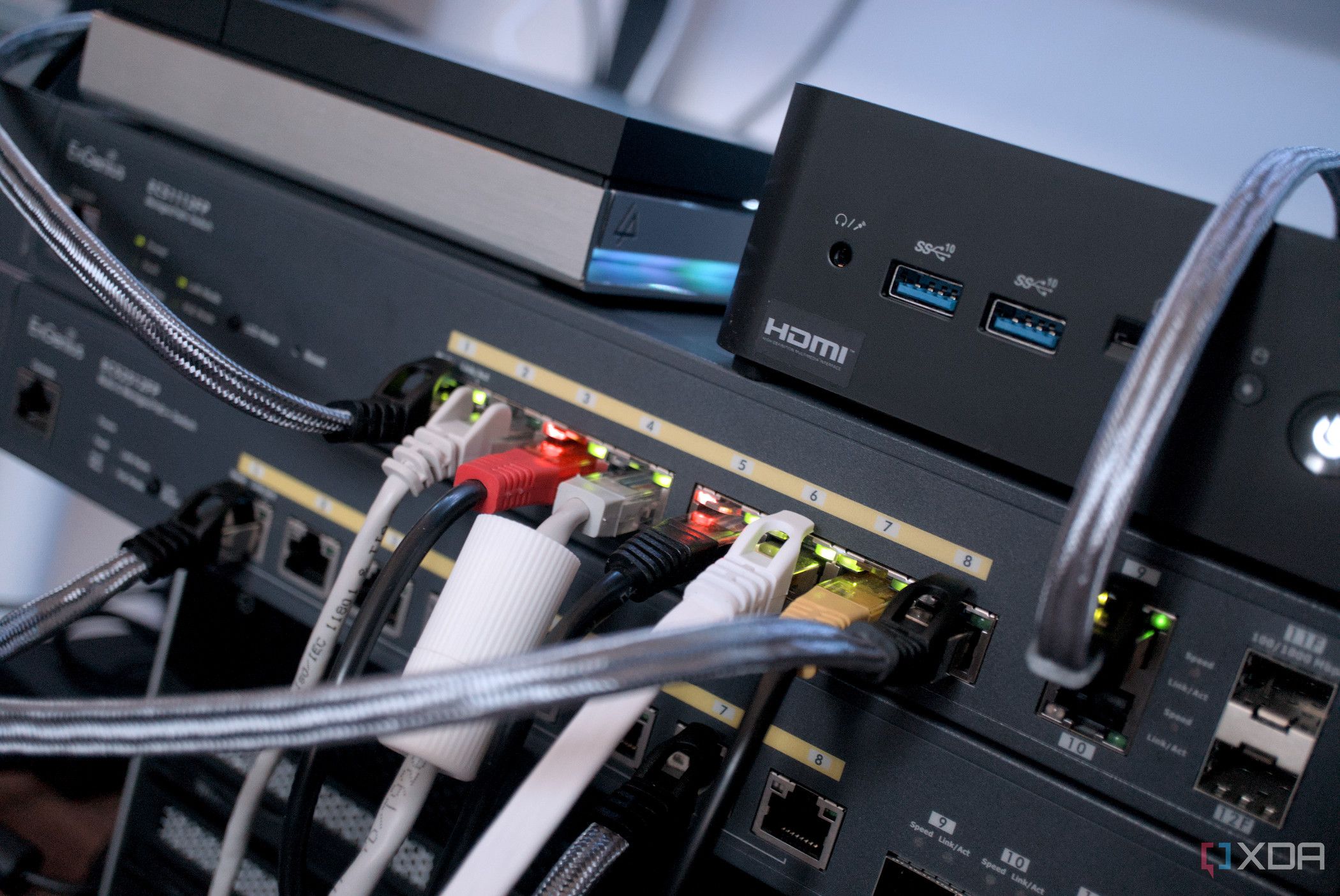URGENT UPDATE: Many users upgrading to 2.5GbE connections are facing unexpected slowdowns, comparing speeds unfavorably to their previous Gigabit setups. Despite expectations for a significant speed boost, reports indicate that many users experience minimal improvements, leading to widespread confusion and frustration.
Experts reveal that the issue often lies beyond the 2.5GbE port itself, highlighting that the entire network infrastructure must be upgraded to truly benefit from this increased bandwidth. If even one component, such as a router or cable, is not equipped to handle 2.5GbE, users will not see the performance enhancements they anticipated.
The primary culprit behind these slower-than-expected speeds is the presence of 1GbE devices within the network. For instance, if a user’s PC with a 2.5GbE port is connected to a Gigabit switch, the connection will be capped at 1GbE, regardless of the capabilities of other devices. This limitation can lead to stagnant transfer speeds, effectively nullifying the advantages of upgrading to 2.5GbE.
Storage solutions also play a crucial role in network performance. Many users are still relying on mechanical hard drives, which typically max out around 200MB/s. This is well below the potential speeds achievable with a 2.5GbE connection. To leverage the full benefits of 2.5GbE, users should consider upgrading to SATA SSDs that can handle speeds between 500MB/s and 550MB/s, ensuring that storage is no longer the bottleneck.
Moreover, the quality of Ethernet cables cannot be overlooked. While Cat5e cables can technically support 2.5GbE, many inferior models fail to deliver consistent performance. Users are urged to check their link speed settings, as cheap cables may be forcing connections to negotiate down to 1GbE, resulting in underwhelming speeds. Investing in a reliable Cat6 cable can cost under $10 and significantly improve performance.
Finally, users must consider their Internet Service Provider (ISP). Even with a full 2.5GbE setup, if the ISP plan is capped at 300Mbps or 500Mbps, users will not see any improvement in internet speeds. For the average home user, the jump from 1GbE to 2.5GbE will not enhance web browsing, streaming, or gaming experiences unless the ISP can support the higher bandwidth.
As users navigate these challenges, it is clear that upgrading to 2.5GbE is not just about installing new hardware. Every component of the network must be optimized for the increased speeds to realize tangible benefits. If any part of the network lags, the promise of 2.5GbE remains just that—a promise unfulfilled.
For anyone considering an upgrade, it is crucial to assess the entire network infrastructure, including cables, switches, and storage devices. As the tech landscape evolves, ensuring every link in the network is robust will be essential for maximizing the potential of high-speed connections.
